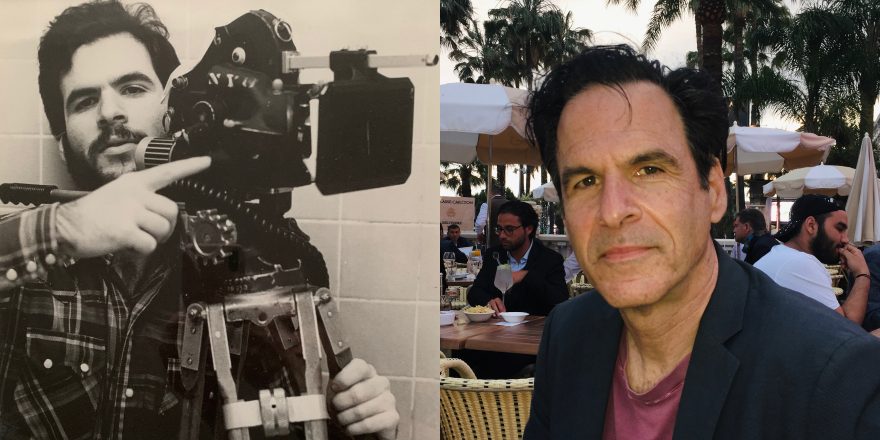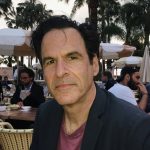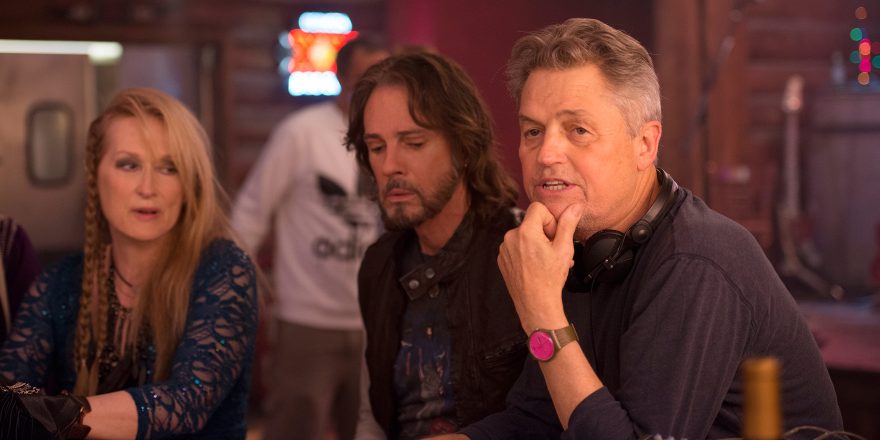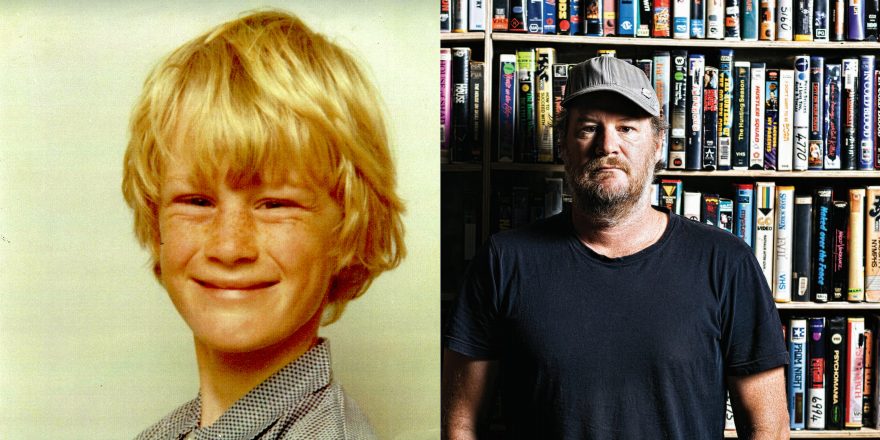I got into documentaries through an unlocked side door. I went to film school before it was fashionable. The school was in Manhattan’s East Village and surrounded by Moishe’s Bakery, The Kiev (a 24-hour Ukrainian restaurant famous for its homemade pierogis) and McSorley’s (the oldest Irish pub in New York City which was frequented by Houdini, whose handcuffs are still affixed to the railing at the bar). I was one of 40 students pursuing a master’s degree at New York University’s Graduate Film and Television program. The head of the school, László Benedek (who directed The Wild One, with Marlon Brando), greeted us at an assembly on the first day of classes. He gave us very simple but sage advice: “If you want to reach for the stars,” he counseled, “you have to get out of bed in the morning.” And then he told us that the second-year class only had 20 spots and half of us would not be asked back.
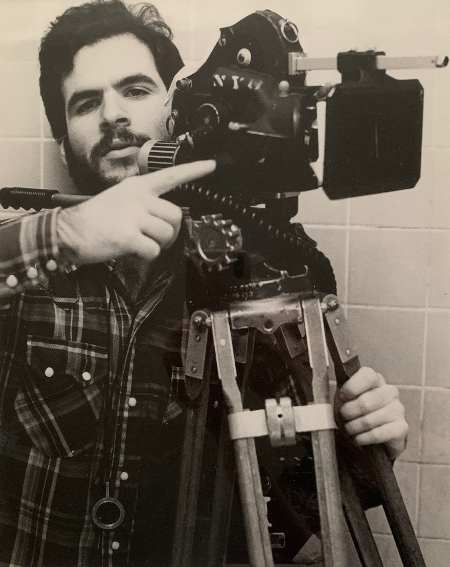
I made it past the first year. From then on, there were no classes for the rest of the program – we learned by doing. That meant crewing on each other’s films. We lived, ate, drank and breathed film. Basically, we were film nerds. We stood out in contrast to the rest of the East Village. It was the height of the punk music scene and I remember many late nights returning our equipment at school and stopping by the Kiev for a midnight snack. It was packed with hardcore punk rockers with neon pink and blue mohawks, pierced faces and ripped clothes. Sitting amongst them, we were the out-of-place weirdos talking passionately about Fellini and Bergman.
In my second year, I became a graduate teaching assistant. I was there at the same time as Jim Jarmusch, Ang Lee and Spike Lee. Spike and I spent a summer working in the equipment room, handing out and checking in equipment for graduate thesis films. We also spent a lot of time waxing wooden tripod legs and testing lenses. NYU loves to tout their famous graduates, but the truth is that the vast majority of my classmates were unsuccessful and never wound up in the film business.
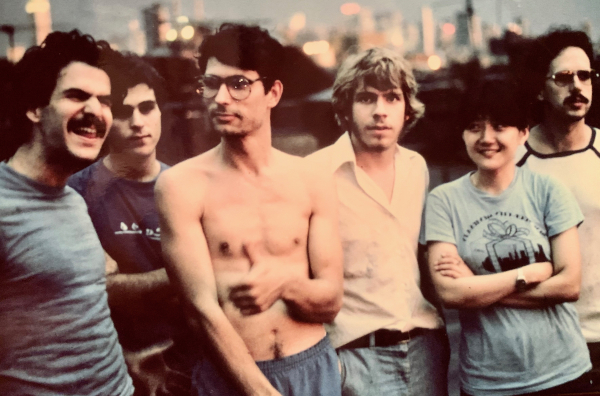
My graduate thesis film, The Well, a dramatic period piece in Yiddish with English subtitles, was a big hit. It was shown at the Cinema 1 theater, across the street from Bloomingdale’s on 60th Street and Third Avenue. Riding on the F train one Sunday morning, I glanced over and spotted a large photo from my film on the front page of the New York Times Arts and Leisure section that someone next to me was reading. For a 20-something just out of school, this was incredibly exciting; it was my first taste of success and I was sure that it would lead to more success. After all, the reviewer gave my film a great review and said, “The exotic distancing of the Yiddish theater scene was reminiscent of the early works of Federico Fellini.” Unfortunately, I made the classic mistake of not having a follow-up film ready and, in the blink of an eye, a year went by and my film quickly became old news.
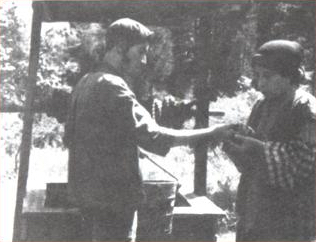
At that time, it was common for graduate film students to get their first jobs on documentary films. Many of these films were funded by the National Endowment of the Arts. But Reagan put a stop to that. It was a devastating blow to the arts. Just as important, the cuts put a lot of people out of work. Trying to break into film was brutal enough; now it was even harder, because so many established filmmakers were out of work. My film being celebrated in the New York Times led to a couple of years of little to no work. But then there was a miracle: MTV.
When MTV first started, no one knew what it was. It was so small that the only advertisers were flashlights and frying pans. But they needed film editors and I was available. All of a sudden, I had work and lots of it. I was in on the ground floor of a brand-new phenomenon called music television. I spent the next 15 years cutting music videos and concert films for some of the most famous acts in the world: Miles Davis, Bruce Springsteen, Luciano Pavarotti, Carly Simon, Mariah Carey, Tupac Shakur, Slick Rick, Big Daddy Kane, Eric B. and Rakim and the Beastie Boys, among others. I was happy to have stumbled into this opportunity to support myself and my family. In spite of my newfound success, I still yearned to make movies, rather than what I was doing, which was basically making commercials for record companies to promote their rock stars.
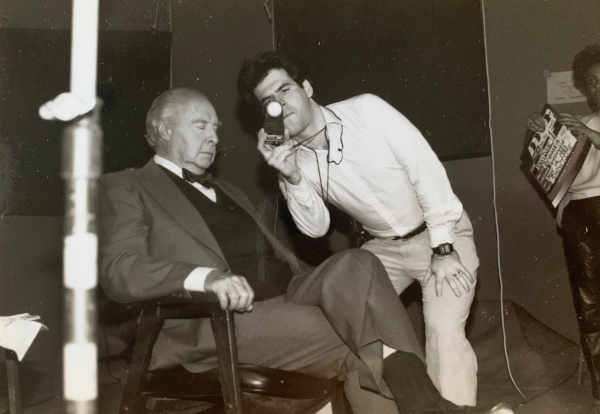
One of the perks of the trade was that occasionally a real film director would hire me to edit their music videos. One day, I got a call from Jonathan Demme’s office saying that Jonathan had seen my work and he’d like me to edit a video he was directing. The song was “Sister Rosa” by the Neville Brothers, the first family of rhythm and soul in New Orleans. The Rosa in the song was Rosa Parks, and Joie Lee, Spike Lee’s sister, played her in the video. The video was extremely well-received, so much so that Jonathan and Rosa Parks appeared on Nightline to premiere the video and discuss it with Ted Koppel.
Jonathan was kind and gentle. At the time, he was directing The Silence of the Lambs, which would go on to win all five major Academy Awards, including Best Director, yet he treated me like an equal. There was never any ego involved. The exuberance with which he approached his craft was almost childlike. He simply loved film. His method was in sharp contrast to the music video directors who would harangue me to add more cutaway shots of their girlfriends. After many late-night editing sessions working with people like that, I was burned out. I wanted to get back into film. And that’s when the side door opened.
I got a call from Ed Saxon, Jonathan Demme’s producer. “David, you’ve cut documentaries before, right?” It was more of a statement than a question. I said, “Yes,” even though I never had. I was hired. While Jonathan was finishing The Silence of the Lambs, we started cutting Cousin Bobby, a story about a cousin of his who was a priest up in Harlem. Bobby worked with the Black Panthers and was a champion of oppressed people in the mold of ’60s radical priests Daniel and Philip Berrigan. I was thrilled to be working with Jonathan on a feature film. And then the footage came in. Don’t get me wrong, it looked great and there was a lot of it, but after watching it, I wasn’t sure we had a story. Jonathan would come to the edit room once a week to screen and give me notes. He always seemed like he was having a good time playing with the different possibilities of how we could tell the story. I wanted direction and at times was frustrated by his lack of guidance. But without saying a word, he taught me some valuable lessons. Trust the process. Be comfortable in the dark, not knowing where the story is going. The string-out, the assembly, the rough cut – that’s where the magic begins.
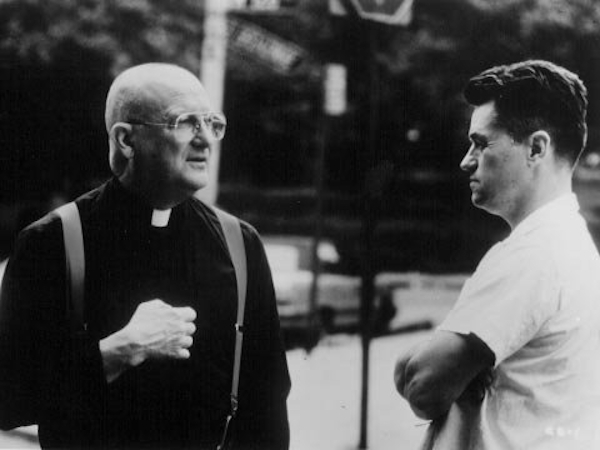
We’re called “filmmakers,” but the truth is that films have their own lives. A big part of what we do is wait and listen for the film to tell us what it wants to be. The real talent is in the ability to see what’s there to be made. Jonathan showed me how to put the puzzle together. He made his documentaries the old-fashioned way. He showed up with a camera and a lot of enthusiasm and love for his subjects. He didn’t have a preconceived idea of what the story was and what kind of audience it would sell to. He cared about the film, first and foremost. Cousin Bobby premiered at the Cannes Film Festival and Janet Maslin, the revered critic for the New York Times, wrote, “The film has achieved a rare degree of intimacy. There’s a lot to be learned from the apparent guilelessness with which that intimacy is developed, and the precise modulation of topic, tone and background music used to construct this studiously unself-conscious style.”
The documentary world has changed a lot since then. We live in an age where popular culture has been co-opted by corporate America. Just as MTV appropriated rock & roll, behemoths like HBO, CNN and Netflix have taken over documentary films. Sundance, once home to the truly independent filmmaker, now premieres big-budget, corporate-backed docs with famous names attached.
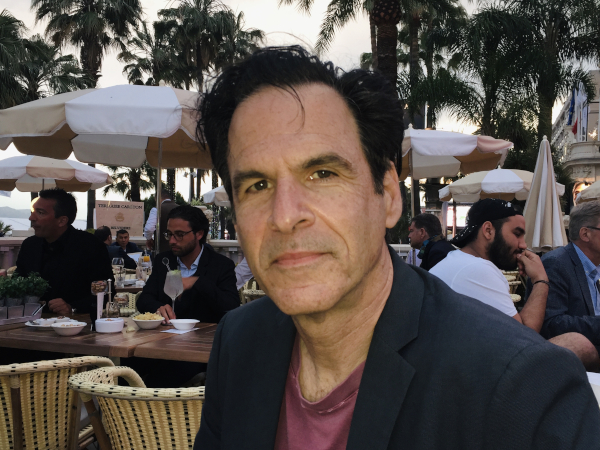
A few years after Cousin Bobby, Jonathan asked me to edit a music video for his new film Philadelphia. Not only did I get to work with Bruce Springsteen, but Garrett Brown, who invented the Steadicam, was our D.P. Many years have gone by since film school, MTV and Cousin Bobby. I spent most of my career as a film editor and now I’ve directed my first documentary feature, The Blech Effect, which is out now on digital and HD. The film is about David Blech, a pioneer in the biotech industry who made $500 million but, because of his bipolar disease and gambling addiction, loses it all. It’s a story about flawed human beings, which is all of us. Everyone has money problems, everyone has mental problems and everyone has family problems – only the Blechs have more. It is part tragedy, part love story and part cautionary tale.
In the build-up to its release, I struggled with a different kind of darkness. Would The Blech Effect get reviewed? Would anyone watch it? But I took a great deal of comfort knowing that I made a film with love for my subject. I trusted the process and the film showed me the way. My only real desire is to do this again and again.
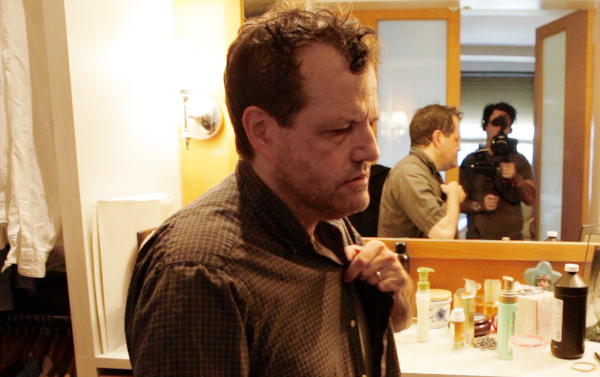
Thank you, Jonathan, for also showing me the way with great humility and kindness. I’ll keep that side door open.


